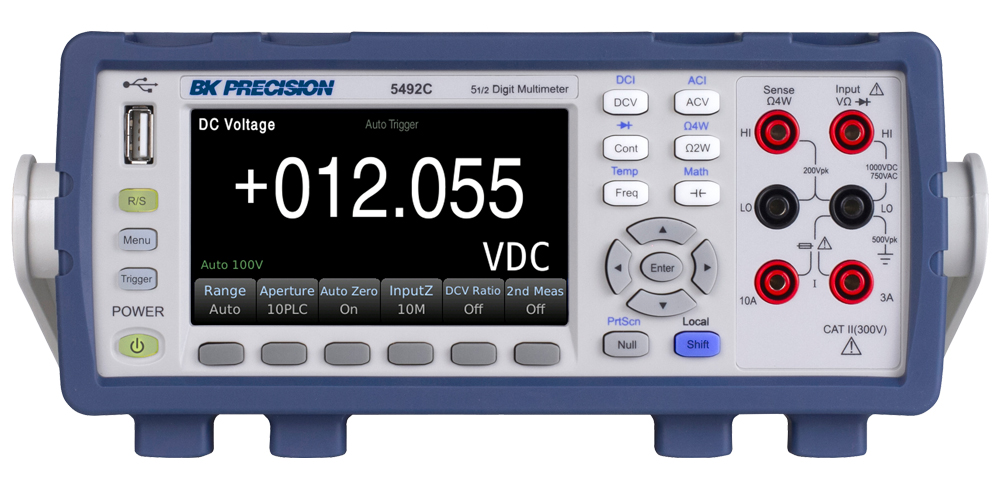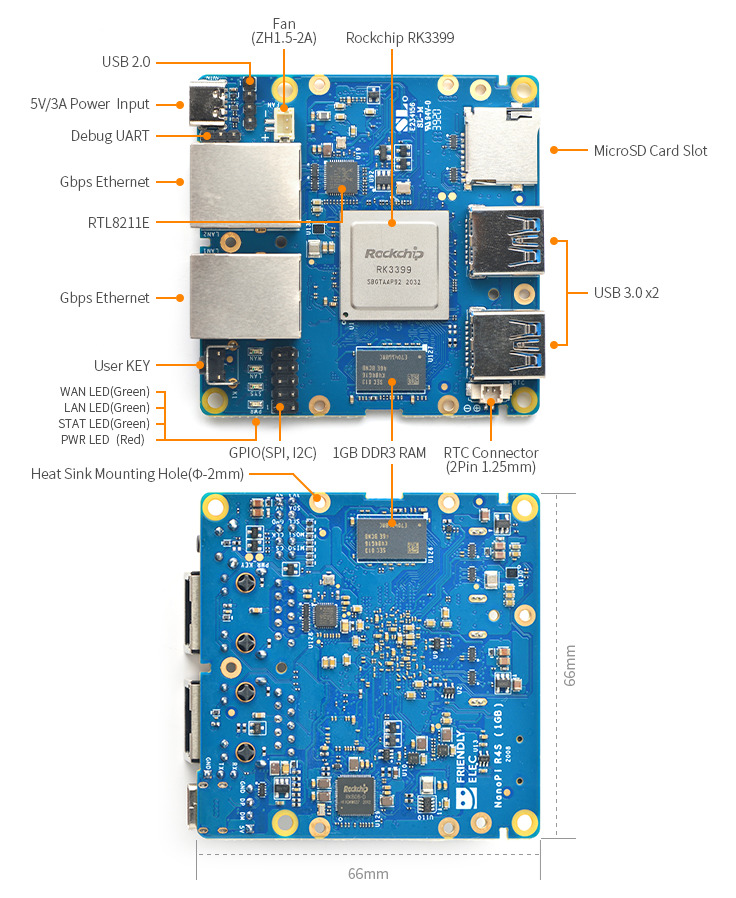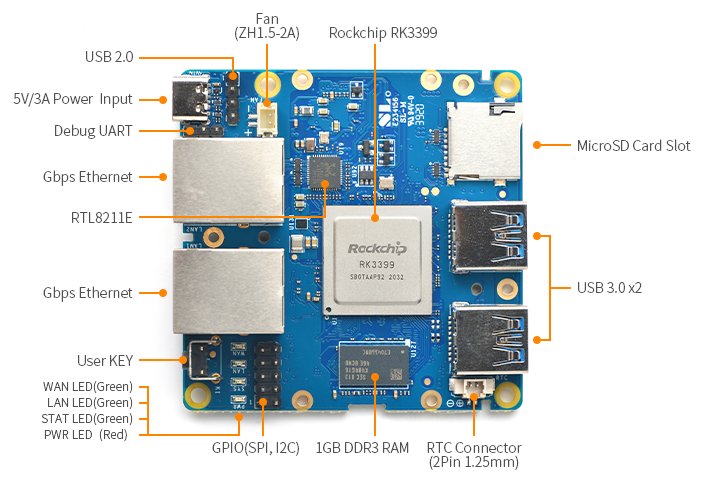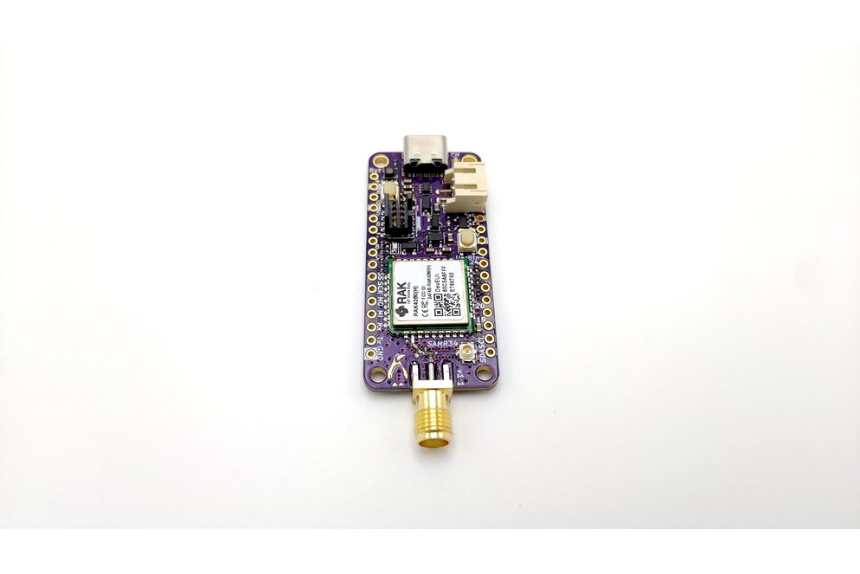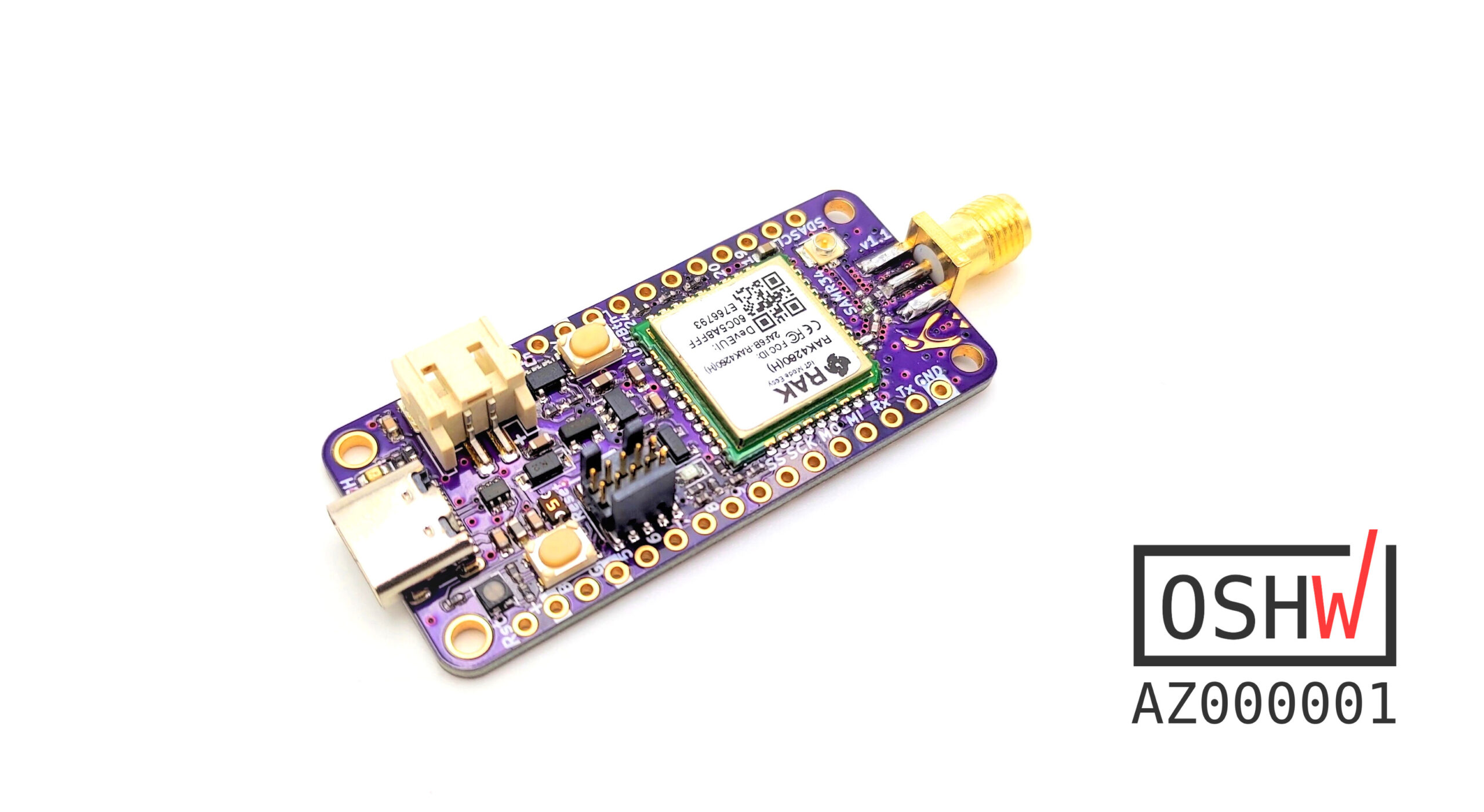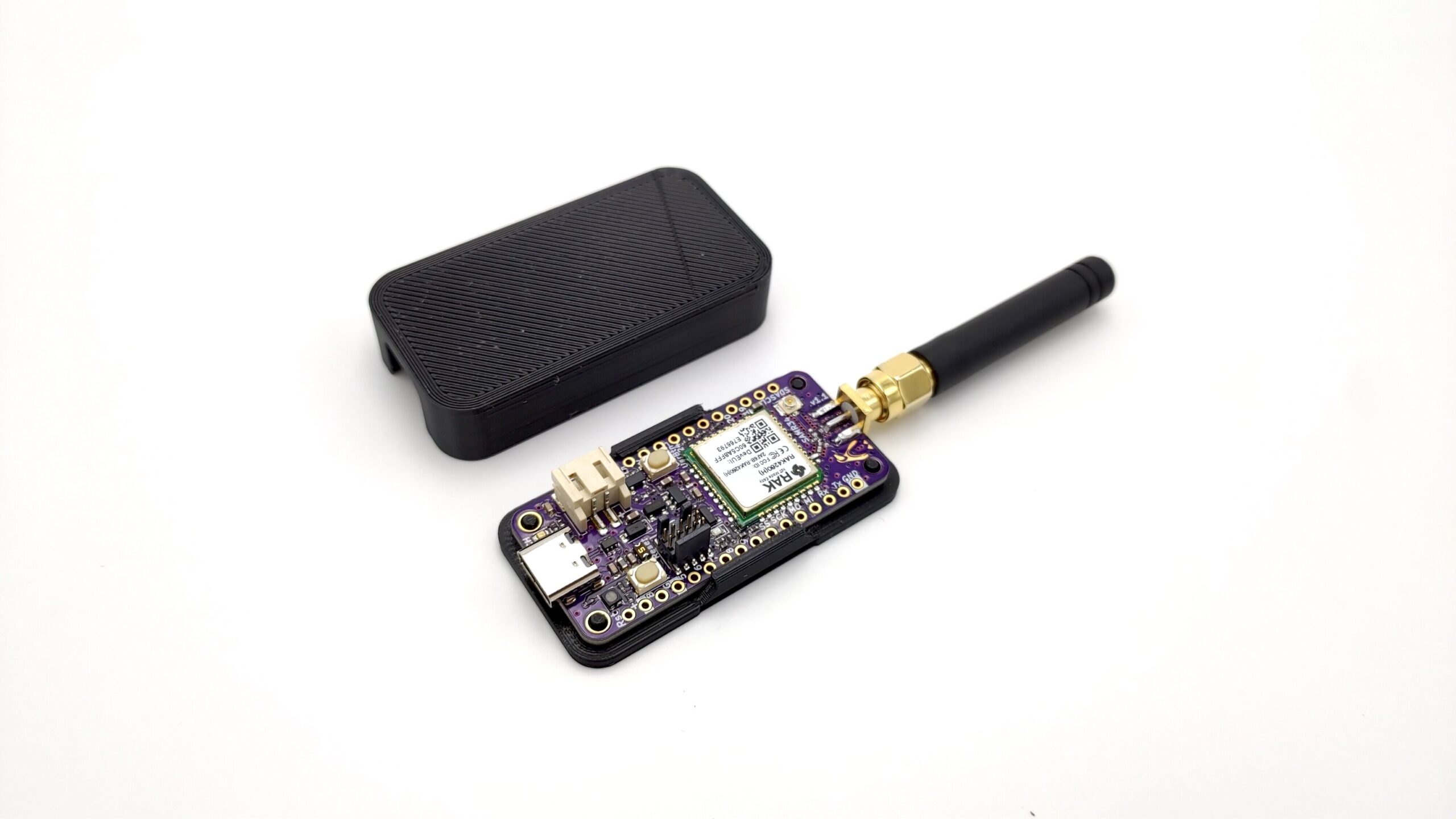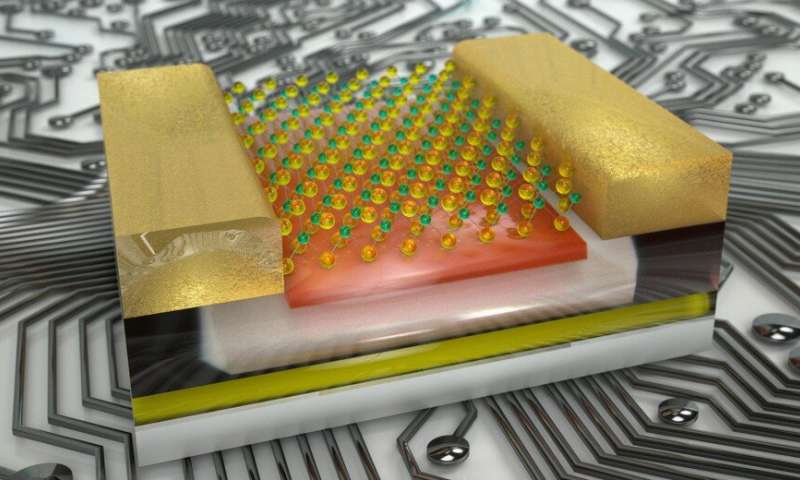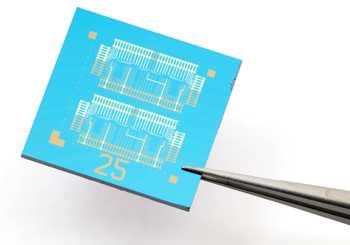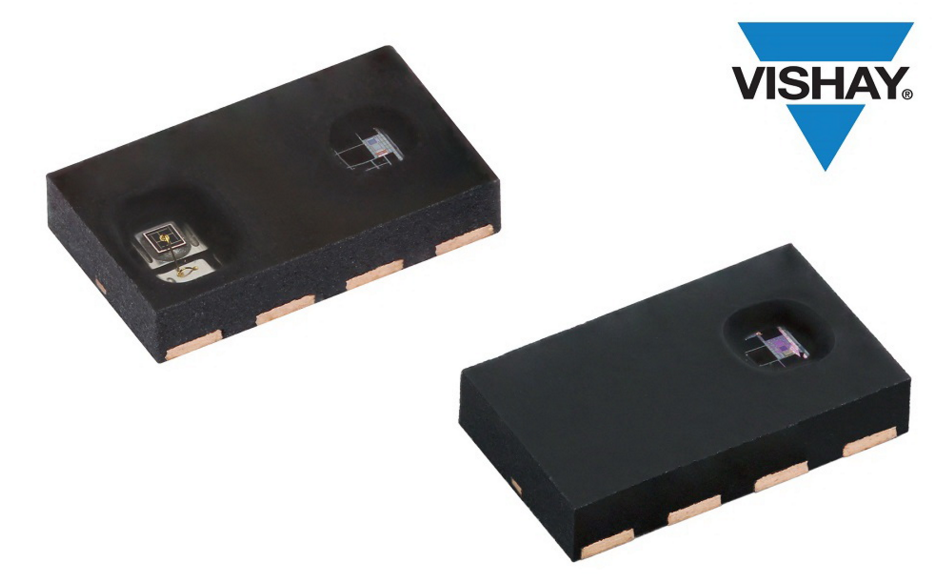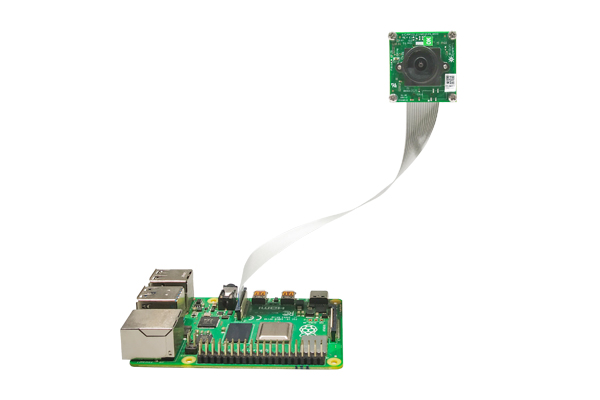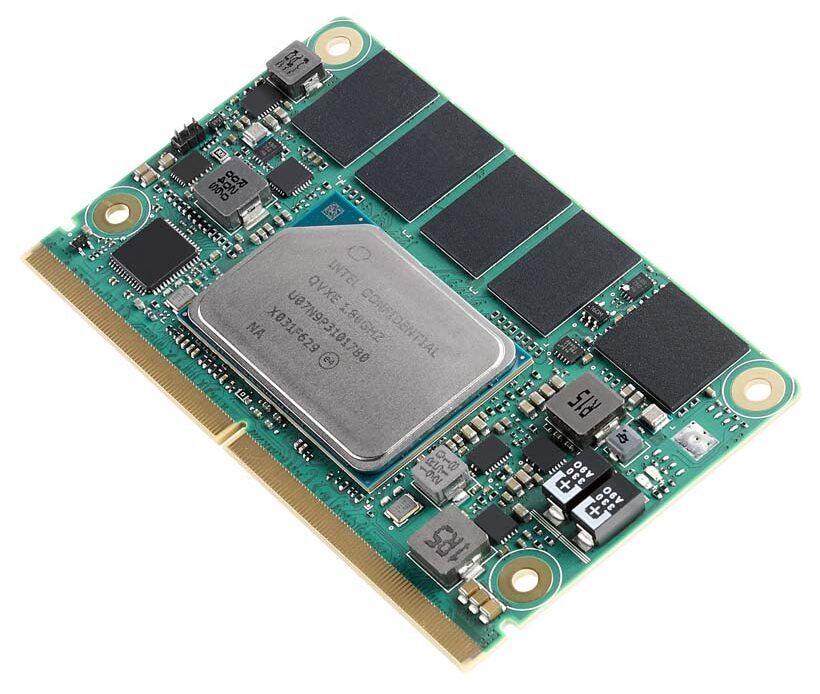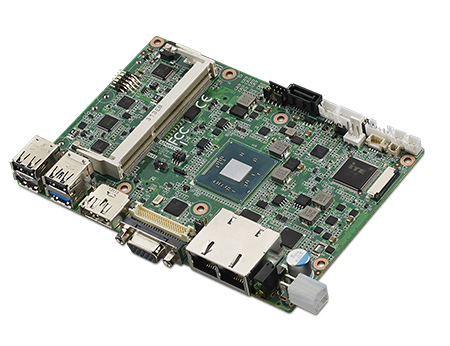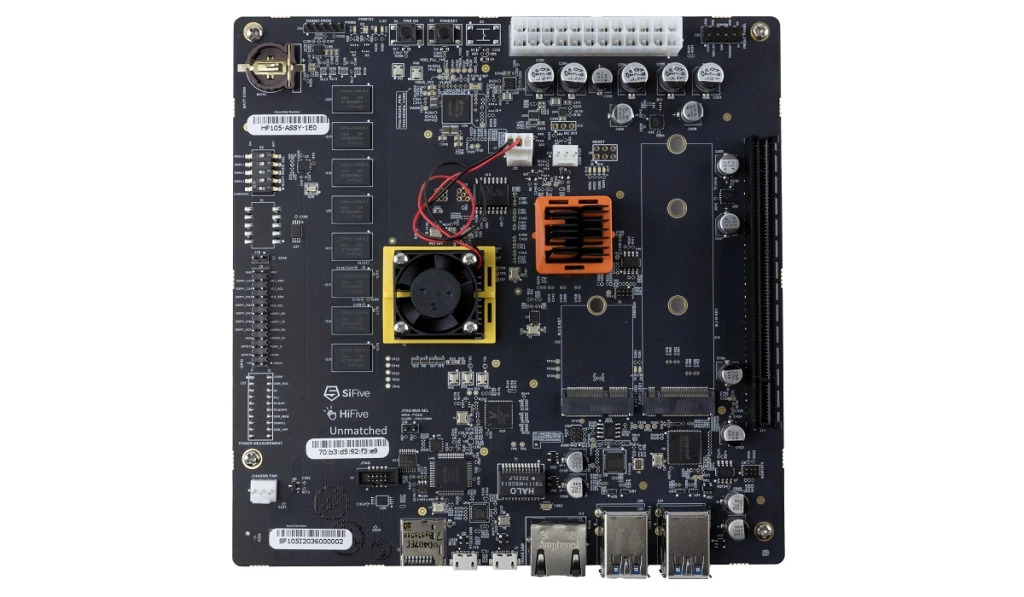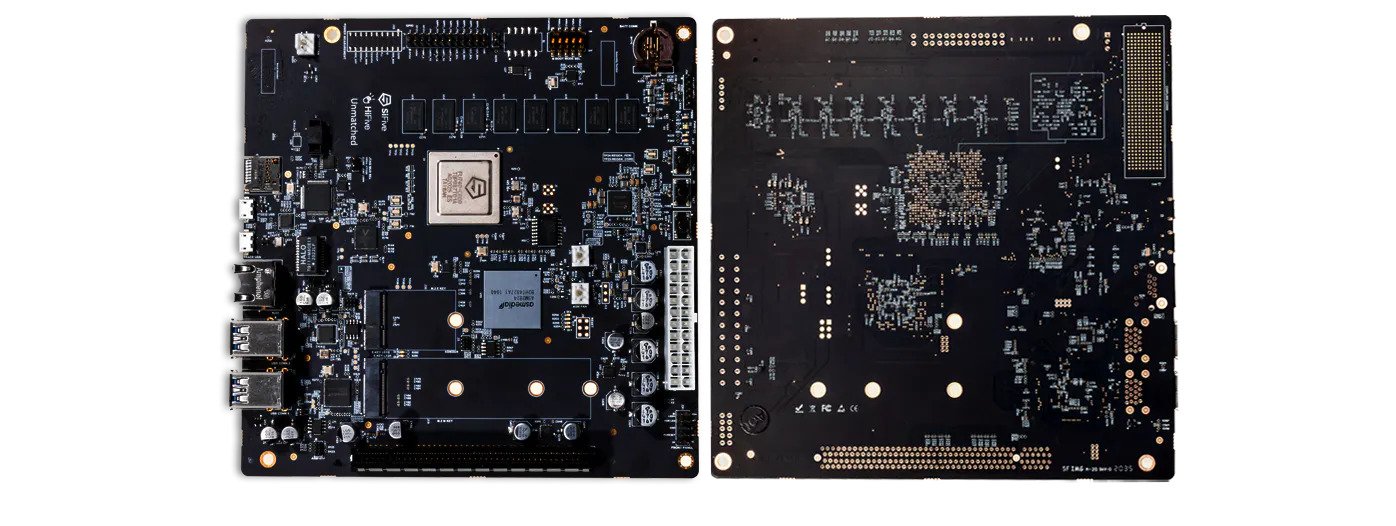B&K Precision Launches New Multimeters Available in 5 1/2 and 6 1/2-Digit Models
The 5490C Series offers fast measurement speeds, graphical display features, and extensive measurement functions for a wide range of applications
B&K Precision, a leading designer and manufacturer of reliable, cost-effective test and measurement instruments, today announces a new generation of 5 ½ and 6 ½-digit benchtop multimeters designed for accuracy, repeatability and ease-of-use. Both 5492C (5 ½) and 5493C (6 ½) models deliver measurement speeds up to 1000 readings per second and support 12 measurement functions while the 6 ½-digit model provides greater accuracy, higher resolution, and rear input terminals to simplify connections.
Features:
- 12 measurement functions: DCV, ACV, DCI, ACI, 2 and 4-wire resistance, capacitance, frequency, diode, temperature, continuity test, DCV ratio
- High-contrast 4.3-inch full color LCD
- Measurement speed up to 1000 readings/s
- DCV basic accuracy up to 35 ppm (0.0035%)
- Histogram, bar graph, trend chart, and numeric display options
- Display Min, Max, Peak-to-Peak, Average, Standard Deviation statistics simultaneously
- Null, dB, dBm, %, mx+b, and run/stop math functions
- AC frequency measurements to 1MHz
- Internal storage buffer for up to 10,000 readings
- 2 and 4-wire resistance measurements down to 10 Ω
- Dual measurement display
- Rear input terminals for rack use (6 ½-digit model only)
- Standard USB (USBTMC-compliant), LAN, and RS232 interfaces, supporting SCPI commands. GPIB option
- Front panel USB host port to export measurements, screen captures and save/recall settings
- LabVIEWTM driver and operating software for remote instrument control, measurement monitoring, and data logging included
The easy to read 4.3-inch LCD offers a variety of measurement display modes including numeric, bar meter, trend chart, and histogram. Other built-in functions include Limit mode to quickly verify measurements are within a user-defined range, Probe hold mode to capture a sequence of stable readings, and dual measurement capabilities.
The 5490C Series provides USB (USBTMC-compliant), LAN, and RS232 interfaces standard with GPIB optional. The included operating software supports remote instrument control, measurement, monitoring, and data logging. A LabVIEWTM driver is available for download to help simplify system integration and instrument control.
Available now, this series starts at $780 and is backed by a 3-year standard warranty.
For additional technical specification, accessories, photos, and support documents, visit: https://www.bkprecision.com/products/multimeters/5492C-5-1-2-bench-digital-multimeter.html

